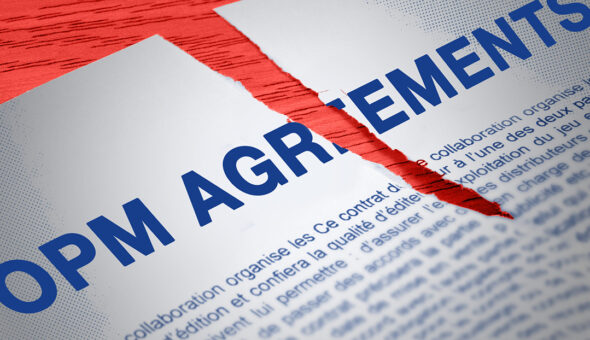A national report commissioned by the Government Accountability Office last November has elected officials and education advocates on Capitol Hill and across the country buzzing about what’s become a crisis in higher education. Despite a slew of government initiatives over the past decade to help universities accurately portray the cost of education to their students, the schools are refusing to be transparent about actual costs and financial aid, advocates say.
“Having guidance on this topic has not been sufficient to make schools do the right thing,” said Melissa Emrey-Arras, GAO’s director of education, workforce and income security. “Colleges are still presenting information in a way that does not give students and their families what they need to make informed decisions.”
The method to the madness is anyone’s guess, but the GAO’s report and Volt’s interviews with education leaders across the country suggest that schools are not at all on the same page in disclosing how much students actually have to pay. As a result, university students nationwide are taking on more unexpected debt when they come to campus—sometimes owing tens of thousands of dollars more than the advertised sticker price of their education.








